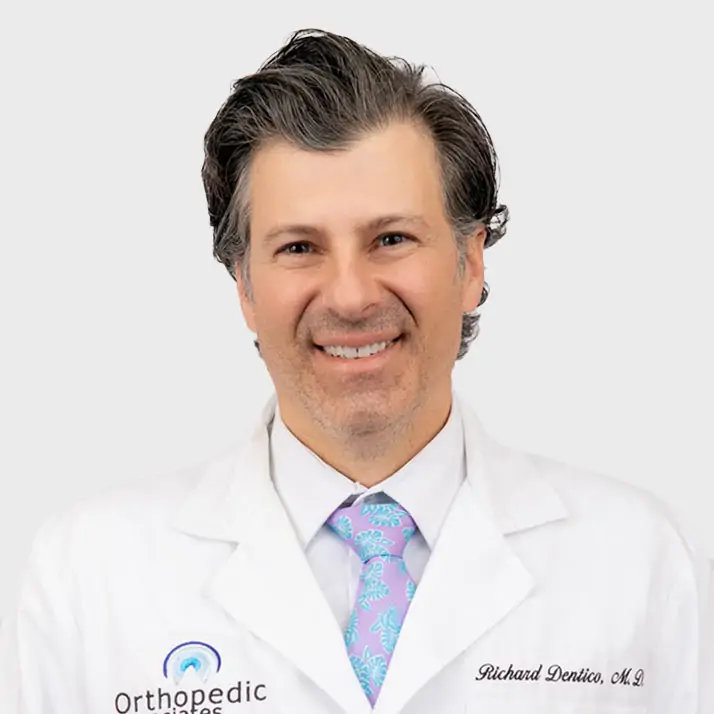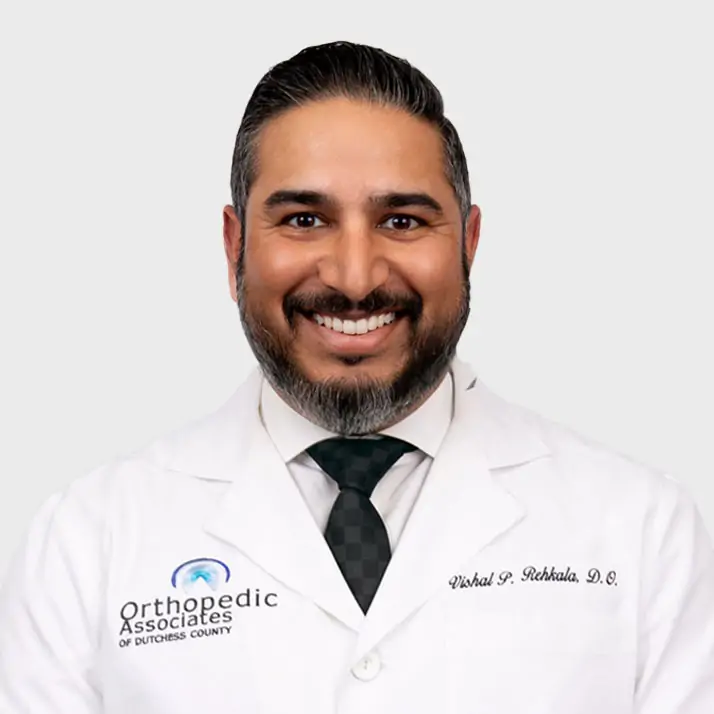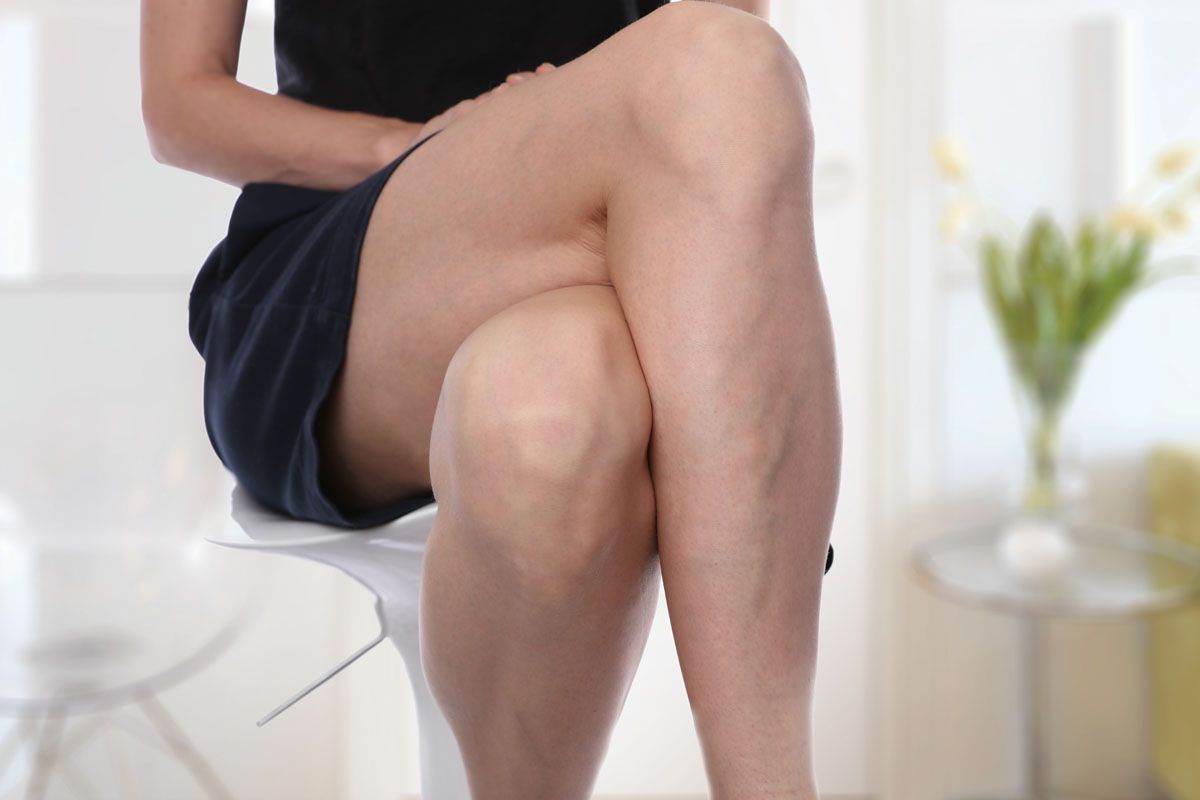Varicose veins are enlarged, swollen, and twisting veins, often appearing blue or dark purple. They happen when faulty valves in the veins allow blood to flow in the wrong direction or to pool.
Varicose Vein Symptoms
- Aching
- Bleeding Varicose Veins
- Blood Clots
- Heaviness or Fatigue
- Leg Cramps
- Restless Leg Syndrome
- Skin Discoloration
- Skin Ulcers
- Swelling
- Throbbing, Burning, or Itching Pain
Varicose Vein Risk Factors
- Aging: As you age, veins grow weaker and become more at risk.
- Gender: Women are more likely to develop vein disease; however it is not uncommon for a man.
- Heredity: Genetics is the number one contributing factor for developing vein disease.
- Lifestyle: Sitting or standing for long periods of time strain veins.
- Obesity: Being overweight can put excessive pressure on your veins.
- Pregnancy: Pregnancy increases your risk for developing varicose veins.
Varicose Vein Treatments
- Vein RFA (Radiofrequency Ablation): Vein RFA is a minimally invasive procedure used to treat varicose veins by applying radiofrequency energy to heat and close the affected vein, directing blood flow to healthier veins and improving circulation. The procedure is performed under local anesthesia and typically allows for quick recovery with minimal downtime.
- Varithena: Varithena is a minimally invasive foam treatment for varicose veins. It involves injecting a specifically formulated foam into the affected veins to collapse and seal them shut, redirecting blood flow to healthier veins and alleviating symptoms like pain and swelling.
- Sclerotherapy: Sclerotherapy is a minimally invasive procedure used to treat spider veins and small varicose veins. It involves injecting a solution directly into the affected veins, causing them to collapse, shrink, and eventually fade from view, resulting in improved cosmetic appearance and reduced symptoms.
- Aching
- Bleeding Varicose Veins
- Blood Clots
- Heaviness or Fatigue
- Leg Cramps
- Restless Leg Syndrome
- Skin Discoloration
- Skin Ulcers
- Swelling
- Throbbing, Burning, or Itching Pain
- Aging: As you age, veins grow weaker and become more at risk.
- Gender: Women are more likely to develop vein disease; however it is not uncommon for a man.
- Heredity: Genetics is the number one contributing factor for developing vein disease.
- Lifestyle: Sitting or standing for long periods of time strain veins.
- Obesity: Being overweight can put excessive pressure on your veins.
- Pregnancy: Pregnancy increases your risk for developing varicose veins.
- Vein RFA (Radiofrequency Ablation): Vein RFA is a minimally invasive procedure used to treat varicose veins by applying radiofrequency energy to heat and close the affected vein, directing blood flow to healthier veins and improving circulation. The procedure is performed under local anesthesia and typically allows for quick recovery with minimal downtime.
- Varithena: Varithena is a minimally invasive foam treatment for varicose veins. It involves injecting a specifically formulated foam into the affected veins to collapse and seal them shut, redirecting blood flow to healthier veins and alleviating symptoms like pain and swelling.
- Sclerotherapy: Sclerotherapy is a minimally invasive procedure used to treat spider veins and small varicose veins. It involves injecting a solution directly into the affected veins, causing them to collapse, shrink, and eventually fade from view, resulting in improved cosmetic appearance and reduced symptoms.
If you have varicose veins or experience leg pain and fatigue, you may have venous reflux disease. Venous reflux disease is a progressive medical condition and if left untreated, may worsen over time and develop into a more serious form of venous disease called chronic venous insufficiency.
Don’t wait for your varicose veins to become something worse. Schedule an appointment today with Orthopedic Associates of Dutchess County to diagnose if your health is at risk.
Physicians

- Pain Management
- Spine
Practicing in:
Rhinebeck and Kingston
- Pain Management
- Spine
Practicing in:
Poughkeepsie, Hopewell Junction, and New Windsor


